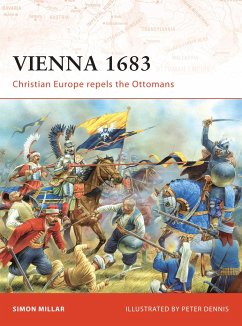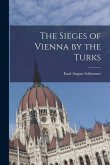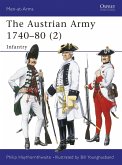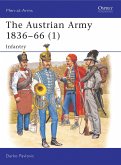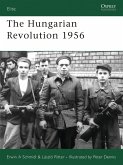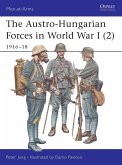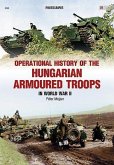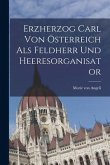The capture of the Hapsburg city of Vienna was a major strategic aspiration for the Islamic Ottoman Empire, desperate for the control that the city exercized over the Danube and the overland trade routes between southern and northern Europe. In July 1683 Sultan Mehmet IV proclaimed a jihad and the Turkish grand vizier, Kara Mustafa Pasha, laid siege to the city with an army of 150,000 men. In September a relieving force arrived under Polish command and joined up with the defenders to drive the Turks away. The main focus of this book is the final 15-hour battle for Vienna, which peaked with a massive charge by three divisions of Polish winged hussars. This hard-won victory marked the beginning of the decline of the Islamic Ottoman Empire, which was never to threaten central Europe again.
Hinweis: Dieser Artikel kann nur an eine deutsche Lieferadresse ausgeliefert werden.
Hinweis: Dieser Artikel kann nur an eine deutsche Lieferadresse ausgeliefert werden.

